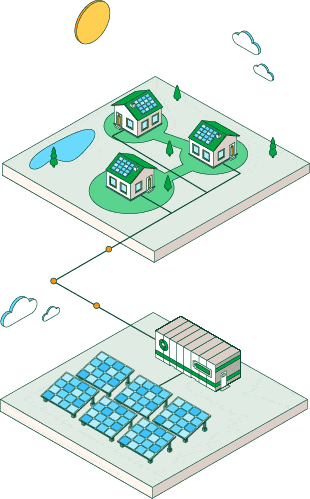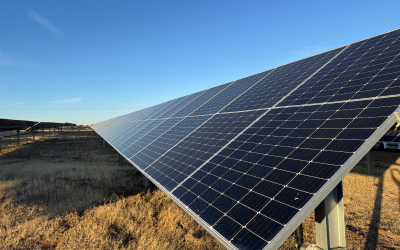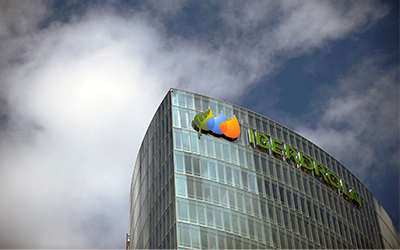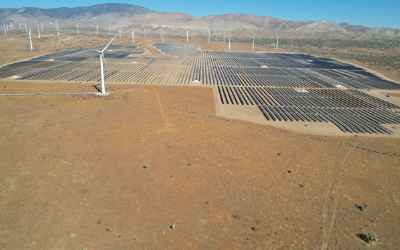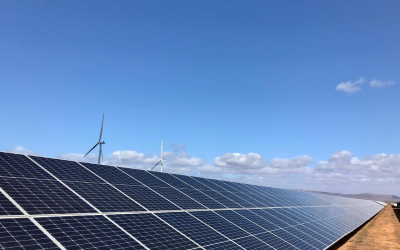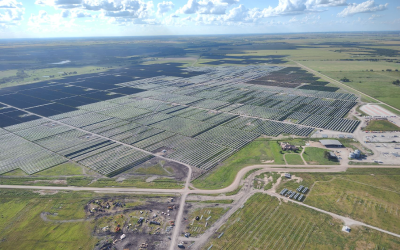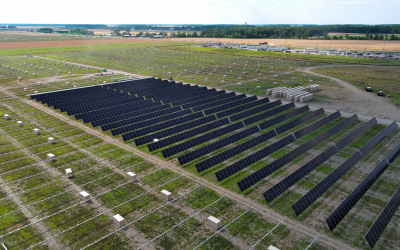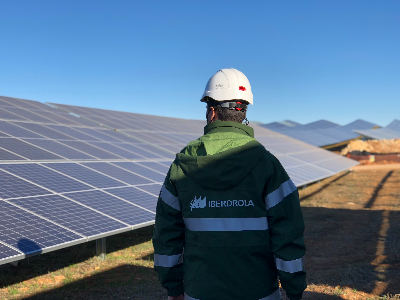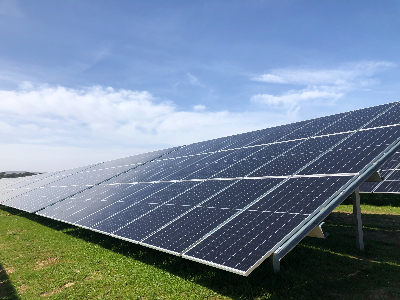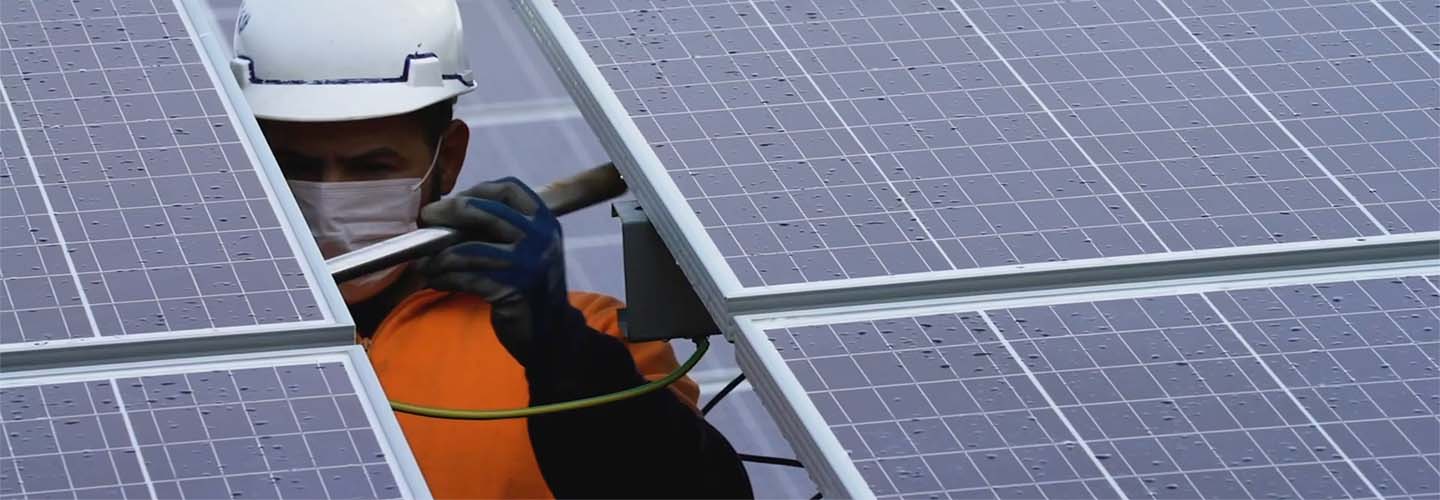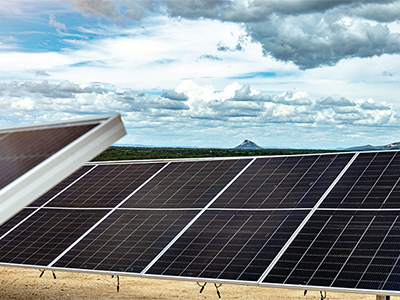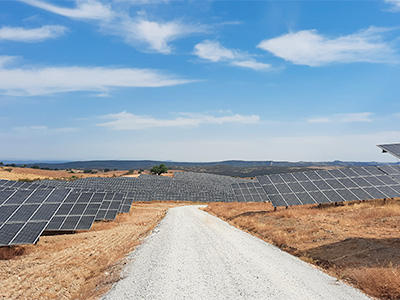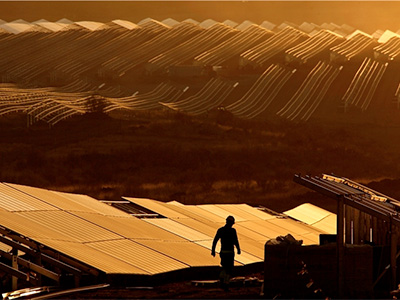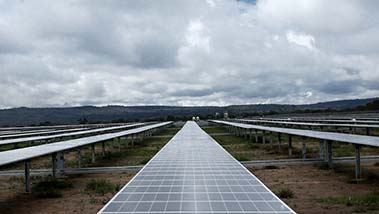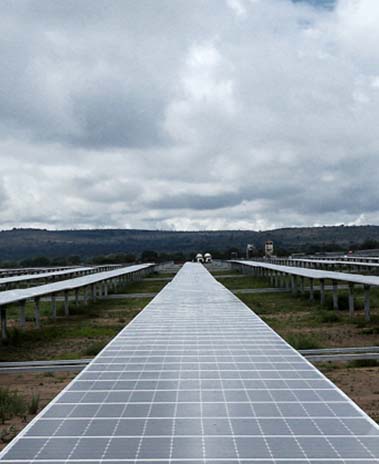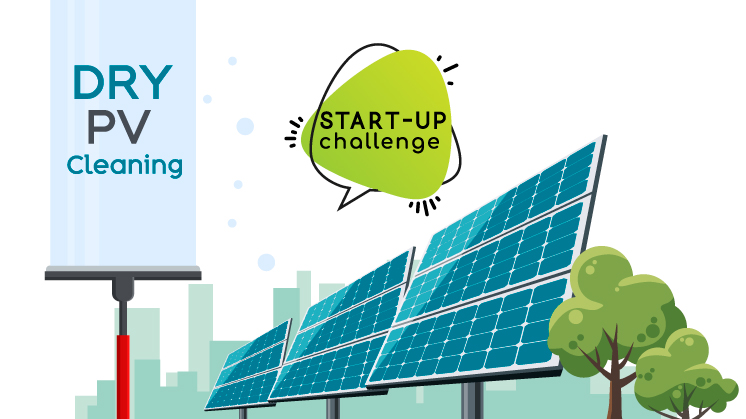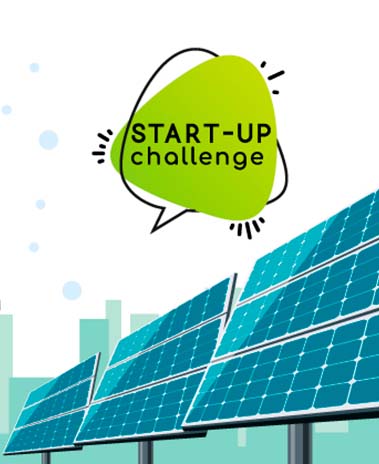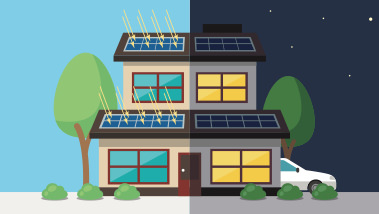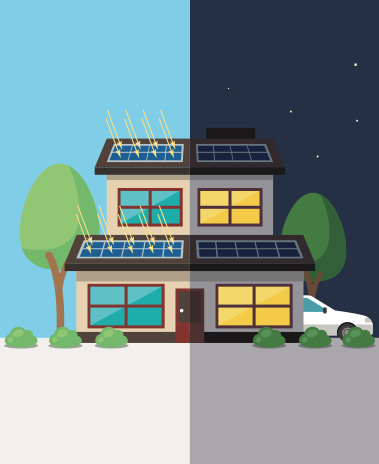-
The company, through its subsidiary Iberdrola México Renovables, has built two new photovoltaic power stations in Mexico: Santiago in San Luis Potosí and Hermosillo in Sonora.
Four companies have been winners of the second Startup Challenge launched by the company: Photovoltaic panel cleaning.
-
In recent years, the rise in photovoltaic self-consumption has seen solar panels becoming a common feature in urban and rural landscapes around the world. The boom in this type of self-consumption, which is also part of the fight against climate change, is the result of technological advances, a decrease in the price of the components needed for these installations, a reduction in the amount of red tape, and help at both local and national levels.
Renewable energies have brought a new way of consuming electrical power. One example is self-consumption of electricity. Its recent rise is due to the fact that the installation of the technologies that make it possible are increasingly affordable and that there are now fewer administrative procedures. Discover a way to save on your electricity bill while fighting climate change.
-
Facebook Do you know the key points and the possibilities that self-consumption of electricity offers?
-
Twitter Do you know the key points and the possibilities that self-consumption of electricity offers?
-
Linkedin Do you know the key points and the possibilities that self-consumption of electricity offers?
-
Whatsapp
-
-
Iberdrola is continuing to develop renewable projects to generate clean, competitive energy through its application for approval for the Peralta photovoltaic plant (Navarre). The project has 370 megawatts (MW) of installed capacity, entails an...
Iberdrola gets down to business in Australia with the construction of its first renewable energy project after the friendly acquisition of Infigen Energy, one of the country’s key developers of renewable energy projects. Located in South...
-
Facebook Iberdrola gets down to business in Australia: construction begins on Port Augusta, its first large-scale hybrid power plant
-
Twitter Iberdrola gets down to business in Australia: construction begins on Port Augusta, its first large-scale hybrid power plant
-
Linkedin Iberdrola gets down to business in Australia: construction begins on Port Augusta, its first large-scale hybrid power plant
-
Whatsapp
-







